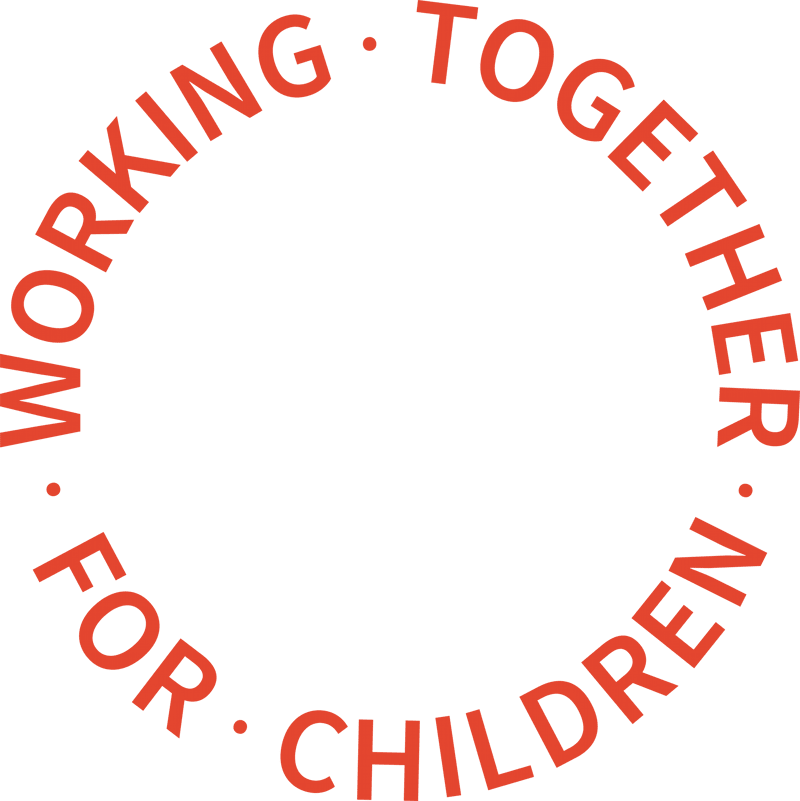Children and young people requiring support from children’s services are presenting with more complex and multiple needs, directors of children’s services have warned.
In its interim report into Safeguarding Pressures, the Association of Directors of Children’s Services, said that while complexity in cases has been increasing over the past two years, it has been more acute during the COVID-19 pandemic and is forecast to increase further as the full impact of the pandemic is realised.
“Respondents talked about ‘latent’ needs which may not surface for a while, and which may endure into adulthood,” the report stated.
More children were reported to be suffering abuse or neglect as a result of parental mental ill-health, drug and alcohol misuse, and domestic violence before Covid-19, although this has increased during the pandemic and is likely to increase further, the report adds. During the pandemic, a significant increase in domestic violence was seen in many local areas, not only due to forced close proximity of those in a situation where domestic abuse may have already been a feature, but as a result of stresses on families during the challenging times.
Homelessness
The downturn in the economy and increase in the number of families who have reduced income, or are recently unemployed, has also been a challenge for local authorities. Respondents spoke about the current and future role of local authorities in supporting these families as a result of poverty, homelessness, and the effects of the stress and anxiety caused to parents such as increased domestic violence and mental ill-health.
The report also reveals the extent of homelessness and children living in temporary accommodation – something that was raised recently by the charity Shelter. Between January and March 2020, there were 6,260 families assessed as being in priority need of housing due to having dependent children - a 25% increase on the same period in 2019. In the same period, there were 62,610 households with children in temporary accommodation, a slight rise (of 2%) on the same quarter in 2019, continuing the slowly rising trend since March 2018.
More than 25,000 families, 40% of families in temporary housing, were accommodated outside of their borough in the first three months of 2020 (a rise from 36% in 2018). The ADCS states that these families may have been particularly isolated from the support of family and friend networks during the first period of lockdown.
Business as usual
Local authorities report that confusion and absence of clear guidance from the government and particularly the Department for Education in the past year has proved problematic. Much needed key reviews and policy changes, such as The Care Review, are stalled due to the pandemic.
Local authorities reported an increase in the work associated with safeguarding young people from exploitation, and in particular from exploitation by organised crime networks, due to more children being abused this way and better ways of identifying victims of exploitation.
Some local authorities also cited increases in self-harm and non-accidental injuries (NAI) in babies, which is something that Ofsted recently raised fears about .
There was a 38% increase in children who were electively home educated on 1st October 2020 (school census day) compared with the previous year which is something the ADCS recently reported.
Local authorities outlined their approach to safeguarding children during the pandemic citing a combination of:
- Quick mobilisation of different ways of working were common features of social work and early help responses.
- Blended approaches of face to face, ‘socially distanced’ and virtual contact and support;
- Implementing agile risk assessments and monitoring systems to prioritise those at greatest risk; and
- Remaining responsive at all times.
“Key to keeping children and families safe and well during this time has been excellent joint working between schools and children’s social care and some respondents highlighted that ‘it has to be business as usual for us’,” said the report.
Catastrophic
The closure of some short break provision and residential placements during this period has meant that children with disabilities have been supported instead through flexible outreach. Creative uses of technology to engage and support children, families and professionals during the pandemic have been harnessed.
However, digital poverty, together with ‘not knowing what is happening behind the camera’ can carry additional problems for some families and groups of children including very young children, and some children with a disability. While some children felt connected during this time, there were some children who felt isolated, or worse, exploited online.
The report highlighted that in the previous Phase 6 of this research, 75% of respondents stated that their early help services would be cut or reduced, in some instances significantly, when the Troubled Families programme and its funding comes to an end. Interim findings indicate that a much higher proportion report that the continuation of the Troubled Families funding has enabled the service to continue vital work supporting children and their families. The withdrawal or reduction of this funding would decimate that offer and be ‘catastrophic,’ said the report.
Based on local authority responses, there were an estimated 2.4 million initial contacts in 2019/20, an increase of 2.1% in the last two years. A DfE report showed that there were 642,980 referrals in England in 2019/20, a decrease of 1.9% in the last two years. Regional quarterly datasets indicate that between April and June 2020, there were 12.6% fewer referrals compared to the same quarter the previous year. The decrease in the eight responding regions, ranging from -7% to -25%, masks some significant variation within regions. All regions had at least one authority with a 10% increase, (six with more than 20%), and all eight regions had at least one authority with a greater than 20% decrease.
Funding pressures
There were fewer referrals from schools, who are traditionally one of the highest sources of referrals, due to school closures, and an increase in those from the public and self-referrals.
A DfE report cited stated that there were 201,000 Section 47 Enquiries in England in 2019/20, an increase of 1.5% in the last two years. The same report outlined that there were 51,510 children subjects of a child protection plan in England at 31st March 2020, a decrease of 4.2% in the last two years. However, regional quarterly datasets indicate overall a 1% increase in the number of children subject of a child protection plan at 30th June 2020.
Local authorities reported that more children remained subject of a plan and fewer children were stepped down due to potential heightened risk, and absence of other support services.
There were an estimated 67.9 looked after children per 10,000 0-17 population at 31st March 2020, an increase of 8.2% from two years ago. This rate is equivalent to approximately 81,700 in all England. Regional quarterly datasets indicate that there were 3% more children looked after at the 30th June 2020 than 30th June 2019 (up from 67,203 to 68,270 in the 113 local authorities providing data).
The report outlines that the three top funding pressures are the same as they were two years ago: placement costs, agency staff and SEND and High Needs Block spending.
“There was a greater variation between authorities in terms of the volume of safeguarding activities in 2019/20, resulting in an overall reduction in referrals and children in need, and increases in contacts, assessments and Section 47 Enquiries in England. We estimate, based on local authority responses, that there has also been an increase in the number of looked after children, UASC and care leavers,” said the report.
“Respondents were clear that the sector requires a three-year settlement, the conversion of grants into a base budget, and a move away from small funding pots allocated via bidding processes. A whole system approach to investing in children and families is required if we are to achieve the ambition of making this a country that works for all children,” the report concluded.
The findings are provisional headline results based on responses from 119 or 79% of local authorities, 12 interviews with directors of children’s services or assistant directors, a core dataset and DfE statistical publications.
Interim Report SAFEGUARDING PRESSURES PHASE 7


